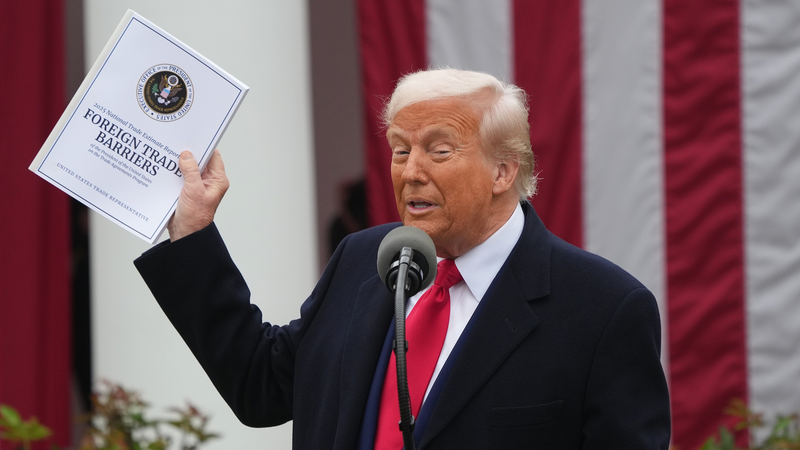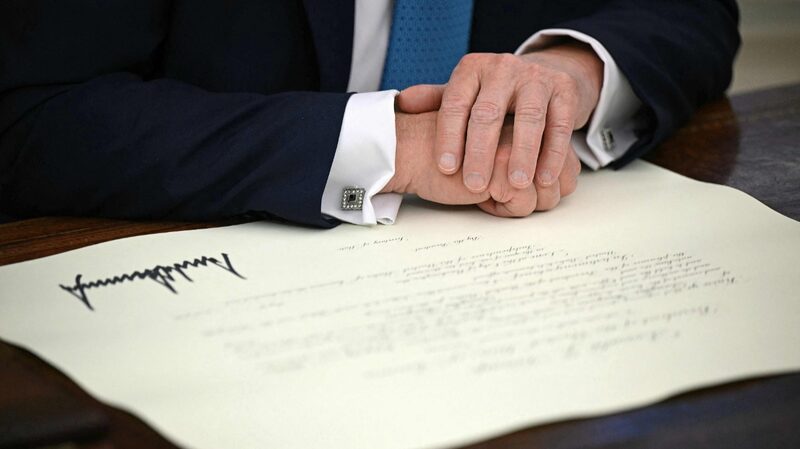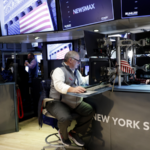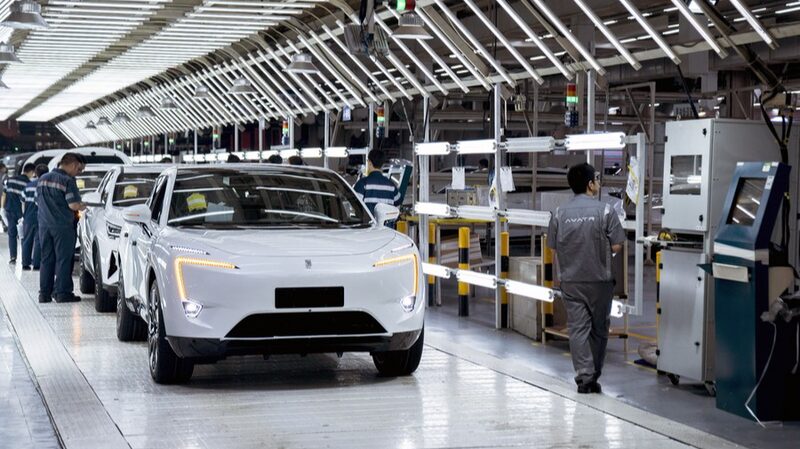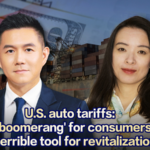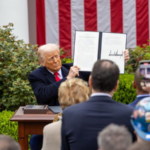The Trump administration’s sweeping tariffs, announced on April 2, have sparked a frenzy of debate among global analysts and policymakers. Labeled by critics as "mad" and "insane," the policy imposes a baseline 10% tariff on most trading partners, with steeper 25% levies on automobiles and auto parts. According to U.S. President Donald Trump, the measures aim to address trade imbalances and boost domestic industry—a promise to "make America great again." But experts like Radhika Desai, a political studies professor at the University of Manitoba, argue the strategy lacks economic coherence.
Over 60 countries—including China, Southeast Asian economies, and European nations—face heightened tariffs under the policy, while some of the world’s poorest exporters are disproportionately impacted. Notably, Canada and Mexico were exempted from the latest round, likely due to ongoing trade negotiations. Critics highlight flaws in the administration’s justification, particularly claims that foreign exporters will bear the costs. In reality, U.S. importers and consumers are expected to shoulder the burden, potentially fueling inflation.
The administration’s pledge to revitalize U.S. manufacturing also faces skepticism. Industrialization, economists note, requires targeted policies like sector-specific incentives, tax reforms, and technological investment—not broad tariffs. Moreover, without stronger government oversight of corporate influence, efforts to redirect business behavior may prove ineffective. As Desai notes, "Rather than the government controlling big business, it is big business that controls the government in the United States."
For Asia, the tariffs pose significant risks. China and Southeast Asian nations, key players in global supply chains, could see export revenues shrink, while investors eye regional markets for signs of volatility. The policy’s ripple effects may reshape trade dynamics, compelling businesses to navigate higher costs and uncertain demand.
Reference(s):
cgtn.com
